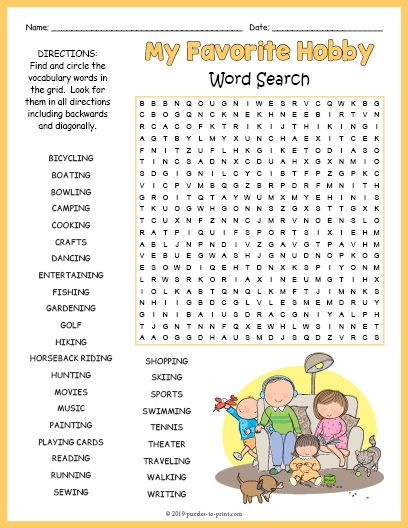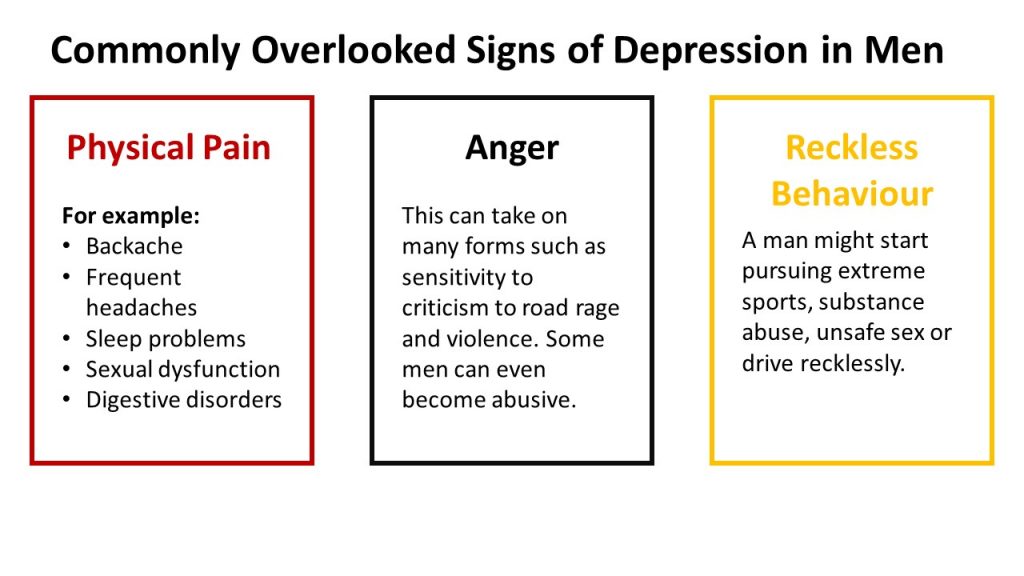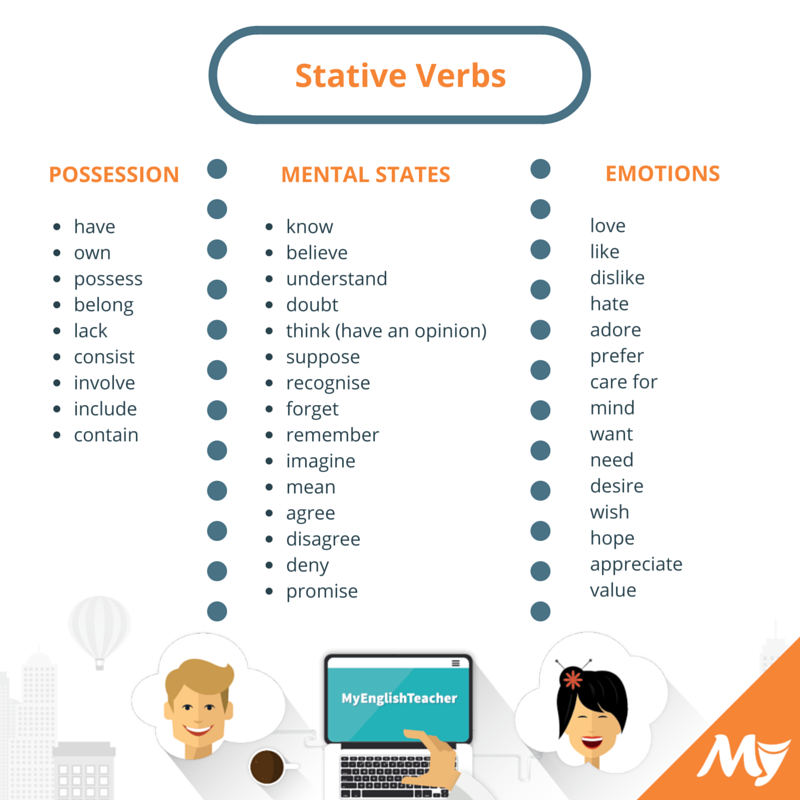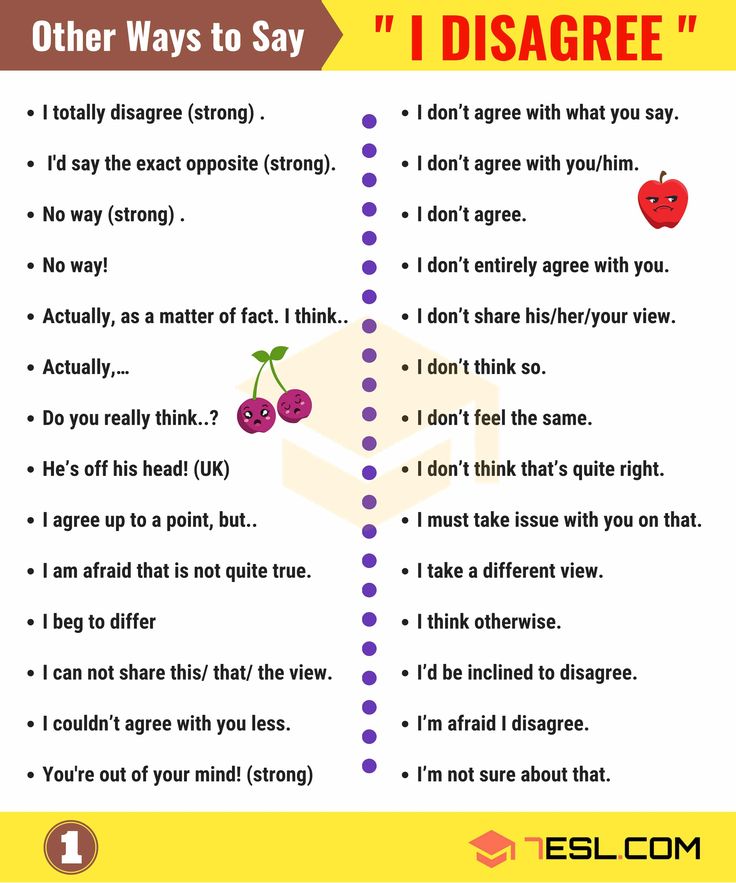Key team personality types
7 Personality Types That Make a Well-Rounded Team
Working with a team of people can be exhilarating—and challenging. Aside from the chemistry of personalities and work styles that affect a group dynamic, there’s also the territorial play. We don’t mean to get all Wild Kingdom on you, but we humans are territorial beings. In the biz world, this means that when individual roles and responsibilities aren’t well-defined, individuals get testy, the team dynamics go haywire and the project suffers as a result.
Popular theories say a high-performing team is comprised of both distinctly defined roles and a well-rounded collection of personality archetypes. Here’s a guide to 7 personality types that complete a successful team.
The leader
Common wisdom: Before you begin any project, have an established leader. This person is responsible for mediating conflicts, facilitating communications between team members, and keeping everyone on course. The leader will schedule and guide the course of meetings, but that doesn’t mean being the
only speaker, or leading all the meetings. A good leader knows how to delegate and let go of the reins.
You can recognize leadership qualities in people who have strong communications skills, a clear and expansive vision of the project’s end-result, and the ability to motivate others.
The team player
Team players are identified by their enthusiasm to work together for a common good. They’re usually eager to help, willing to compromise and diplomatic. They might not the biggest initiators in the world, but you can rely on team players to follow-through on tasks and to willingly settle conflicts with their calming demeanor (they’re sort of like the glue of the group). This type doesn’t exclude other roles from being strong team players, but the team player archetype values group camaraderie and success over the individual prize.
The researcher
The researcher types—who show up in sales, IT, support, marketing, content, etc.—are always asking questions and then finding their own answers. If you need more information to complete your project, it’s important to have a strong researcher who can get it for you.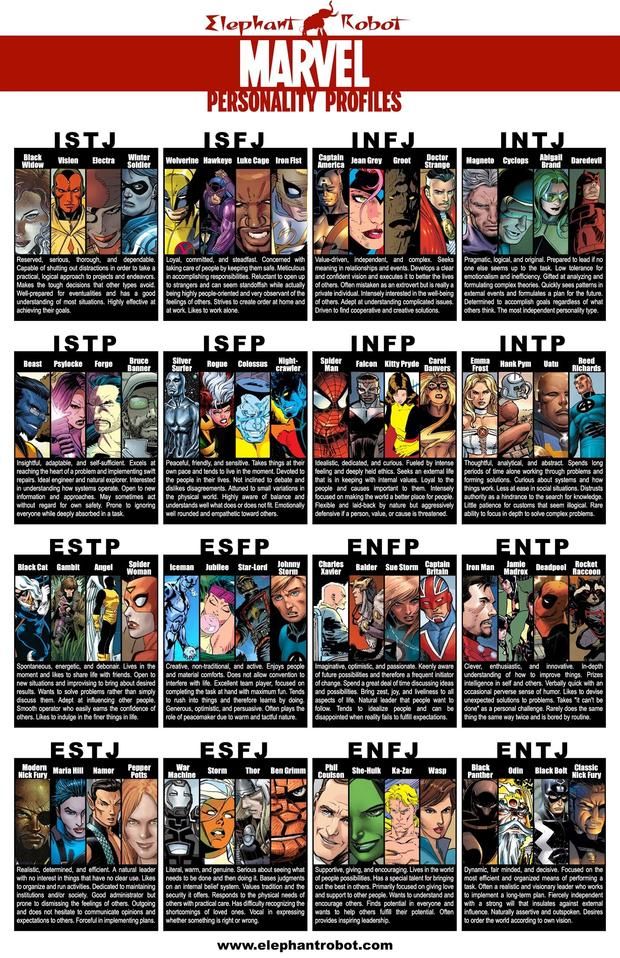 Their special talent: Researchers ask the overlooked questions that can avert a future impediment. This natural private eye knows the quickest way to the best resources and is the person everyone goes to with the most puzzling questions.
Their special talent: Researchers ask the overlooked questions that can avert a future impediment. This natural private eye knows the quickest way to the best resources and is the person everyone goes to with the most puzzling questions.
The expert
Most projects, especially in technology, need a subject matter expert. This is the person that possesses intimate knowledge in a field that your project encompasses. So, if you’re on the marketing team within a group that is working on new mobile software, you need a developer to go to who will explain the necessary technical details and offerings—and make sure you’re accurately representing the product in your messaging. Depending on the end goal, you might want to sign up for some designated experts to contribute to the project.
The planner
Planners are naturally self-motivated. They’re also driven to organize processes and give order to the world around them (good news for others working in their orbit).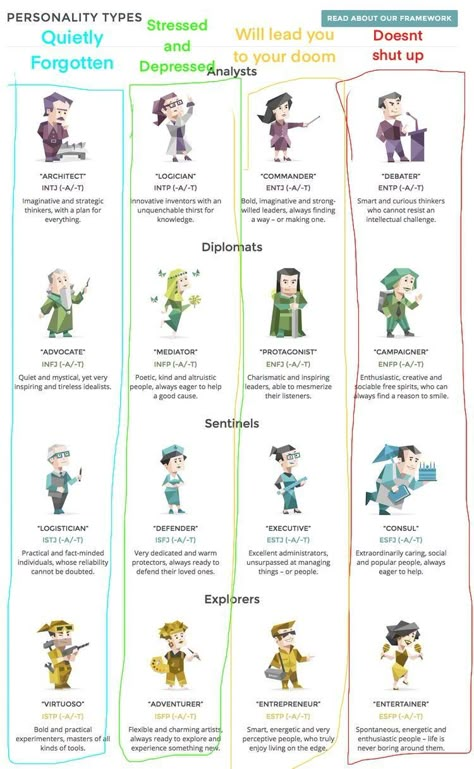 You don’t have to worry about planners being people-pleasers; they’re more dedicated to making decisions for the good of the project over winning a popularity contest. If you have a natural planner on your team, trust that their skills will deliver your project in the estimated period of time. Natural planners love lists, charts, and calendars. They’re punctual, able to see the curve in the road (and incoming curve balls) and often have strategies for improving a process or increasing team efficiency.
You don’t have to worry about planners being people-pleasers; they’re more dedicated to making decisions for the good of the project over winning a popularity contest. If you have a natural planner on your team, trust that their skills will deliver your project in the estimated period of time. Natural planners love lists, charts, and calendars. They’re punctual, able to see the curve in the road (and incoming curve balls) and often have strategies for improving a process or increasing team efficiency.
The creative
Creative types have a tendency to get caught up in their world of imagination, problem-solving, and conceptualizing. They might not always be the clearest communicators, diplomats or deadline-makers, but pair them with a savvy planner and you could almost spin gold! These creative types don’t just live in the likes of art and copywriting departments—they could be in accounting, sales, you name it. Every team benefits from a creative thinker in the group—someone who can deliver fresh ideas and solutions that let the team’s work stand out from the crowd.
To spot a creative, look for the original thinker, the person willing to turn the status quo on its head and come up with a new approach to a long-standing goal.
The communicator
Communicators are often thought of as the salespeople, marketers, writers, and leaders. Those are communication jobs. We’re talking about the natural communicators—not just the talkative ones (that’s often part of it), but individuals who are naturally inclined to reach out to others and share information with the entire team. Communicators are also good at persuading just about anyone to jump on board and give the team the help it needs. Your communicator might be the person with the longest list of contacts and knows someone for just about anything you need.
Teams aren’t perfect universes, and we don’t always get to work in a group that has one of every one of these personality types. But recognizing people’s strengths (either on your existing team or while interviewing potential candidates) is a worthwhile first step in creating a well-rounded team.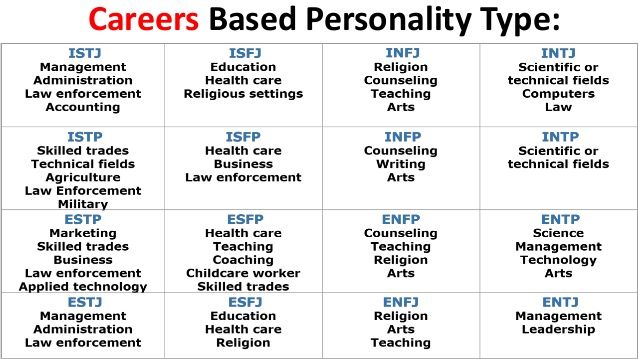
If you found this article helpful, there’s more. Learn how to take your project management skills to the next level. Download the eBook, 5 Practical Habits for Today’s Project Manager.
Key Team Personality Types - CBS News
Leadership
By Jeff Palfini
/ MoneyWatch
Much like characters in a role-playing game, everyone on a successful team plays a unique part. When certain challenges arise, you need to know whose strengths will best match the task. Here are a few key personality types to look for.
The Agitator
- Strength:
- Questions the status quo, outspoken
- Weakness:
- Abrasive, needs prodding to work well with others
- Weapon:
- Impatience
- Battle cry:
- “What I cannot create, I do not understand.
 ” — Richard Feynman, physicist
” — Richard Feynman, physicist - Defining moment:
- The Agitator is the flint that sparks innovation within the team. An unwillingness to accept things as they are and propensity for speaking out can often trigger real and important change.
- Hero:
- Virgin founder and CEO Richard Branson
The Wild Card
- Strength:
- Skill and dedication, if you can find the key to motivating him
- Weakness:
- Lackluster performance if you can’t
- Weapon:
- Latent energy
- Battle cry:
- “Tell me and I’ll forget. Show me and I’ll remember. Involve me and I’ll understand.” — Confucius
- Defining moment:
- The Wild Card has a moment of clarity when he realizes the importance of the company vision and feels invested in its success. After that, you might mistake him for the Workhorse — or even the Expert.
- Hero:
- Director Quentin Tarantino
The Leader
- Strength:
- Execution, ability to get team on board and invested in new ideas
- Weakness:
- Often gets all the credit for the Agitator’s ideas, can be subject to swollen ego
- Weapon:
- Esteem
- Battle cry:
- “Do you want to spend the rest of your life selling sugared water, or do you want a chance to change the world?” — Steve Jobs
- Defining Moment:
- Any opportunity to address the troops.
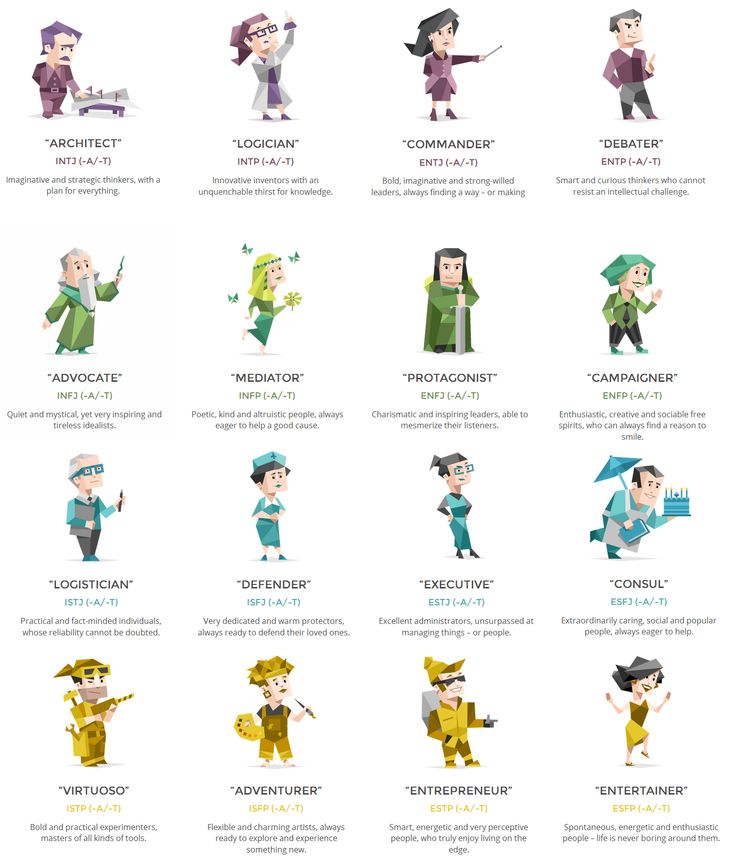 An ability to inspire the rest of the team with a clear and dramatic vision puts momentum behind ideas.
An ability to inspire the rest of the team with a clear and dramatic vision puts momentum behind ideas. - Hero:
- Jack Welch
The Workhorse
- Strength:
- Focus, work ethic, dogged determination
- Weakness:
- Can sometimes be slow to adapt to new ways, resistant to change
- Weapon:
- Follow-through
- Battle cry:
- “Victory belongs to the most persevering.” — Napoleon Bonaparte
- Defining moment:
- Reliable and determined, the Workhorse is the finisher and will ensure that the job gets done.
- Hero:
- Baseball’s ultimate everyday player, Cal Ripken, Jr.
The Glue
- Strength:
- Communication — the glue that brings the team together, especially in difficult times
- Weakness:
- More effective in times of crisis than when things are running smoothly
- Weapon:
- Charm
- Battle cry:
- “When dealing with people, remember you are not dealing with creatures of logic but creatures of emotion.
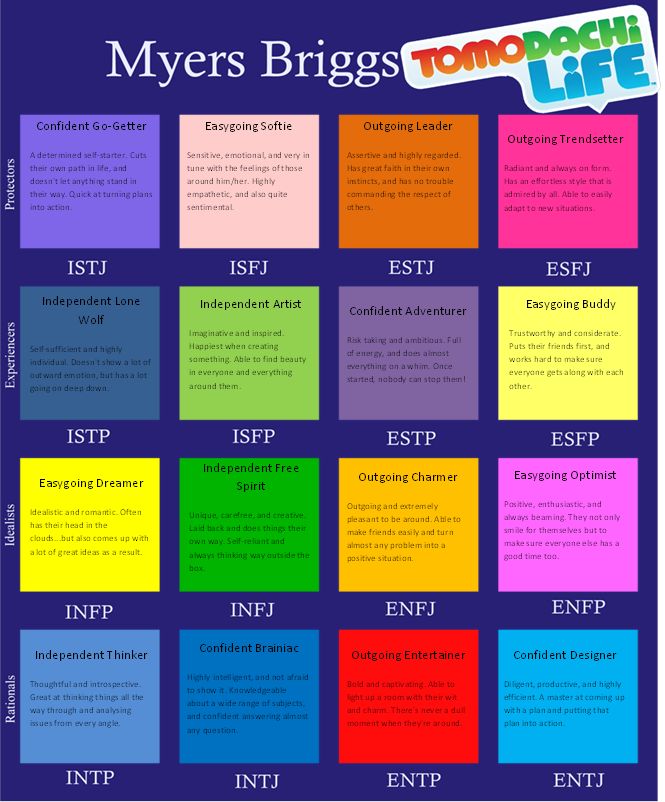 ” — Dale Carnegie
” — Dale Carnegie - Defining moment:
- When rifts appear in the team or progress has stalled, the Glue smoothes things over or suggests who might be able to get the wheels turning again.
- Hero:
- eBay CEO Meg Whitman
The Expert
- Strength:
- Vast knowledge of a subject area, its major players, and its most useful sources of information
- Weakness:
- Information doesn’t always translate to innovation
- Weapon:
- Encyclopedic brain
- Battle Cry:
- “The desire of knowledge, like the thirst for riches, increases ever with the acquisition of it.” — Irish writer Laurence Sterne
- Defining Moment:
- When an intellectual or informational snag is slowing the process, the Expert has the solution. However, team members often need to approach him, since his active mind is frequently occupied.
- Hero:
- Java engineer James Gosling
Trending News
First published on January 25, 2008 / 3:00 AM
© 2008 CBS Interactive Inc.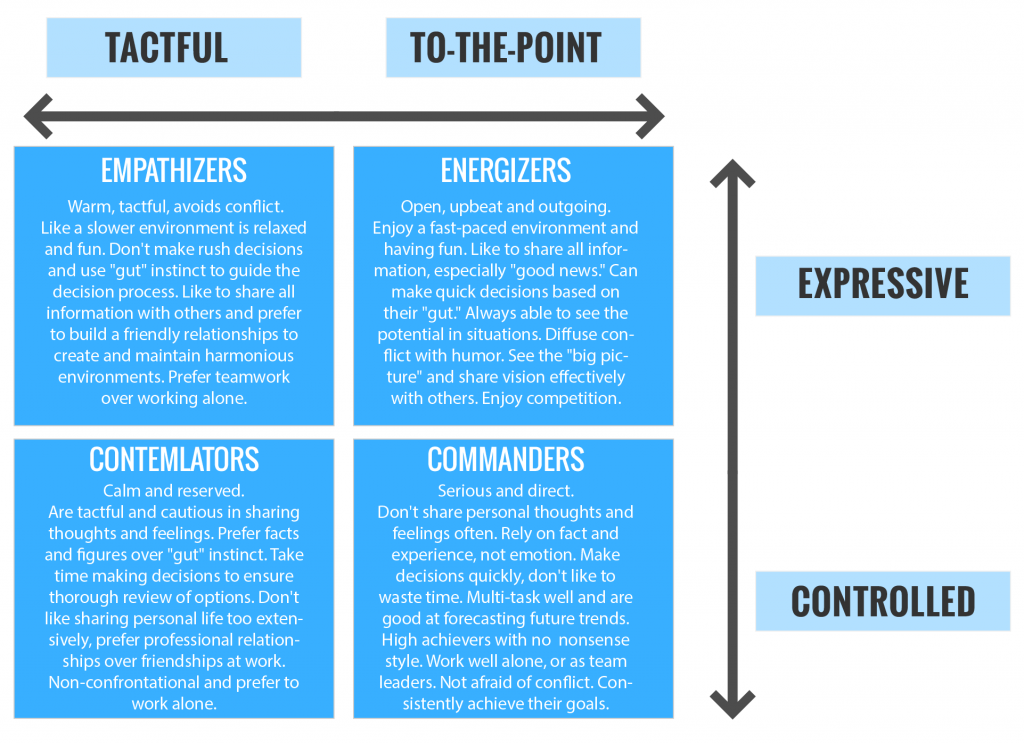 All Rights Reserved.
All Rights Reserved.
Thanks for reading CBS NEWS.
Create your free account or log in
for more features.
Please enter email address to continue
Please enter valid email address to continue
Personality types in a team according to the Belbin model
No wonder they say that opposites attract! Moreover, this law works not only in personal life, but also in business, namely in team management.
If a team consists of people who are different from each other and belong to different types of personality, they will be able to compensate for their shortcomings with each other's advantages and thereby increase their strength. That's just how to determine which type of which employee belongs to? And who needs to diversify your team in order to bring it to balance and maximize productive work?
For this, there is a Raymond Belbin model, developed back in the 80s by a doctor of psychology and UN adviser.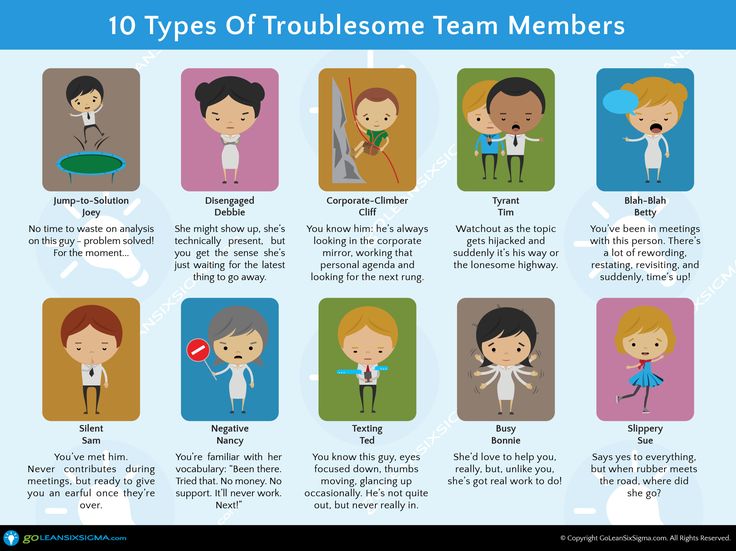 He analyzed the roles and functions that a particular person can perform in a team, and also described his behavioral qualities and characteristic weaknesses. Knowing these types, it is easy to determine which one your employees belong to.
He analyzed the roles and functions that a particular person can perform in a team, and also described his behavioral qualities and characteristic weaknesses. Knowing these types, it is easy to determine which one your employees belong to.
The best way to assemble a truly effective and balanced team is to take the course Building a Brilliant Team. Become a leader and bring people together." At it, you will not only learn how to select the employees you really need, but also grow leaders from them, influence the team and manage it effectively through meetings, corporate culture and other things.
But you can also use the same Belbin model to assemble a team - according to it, your team will be successful only if it combines action employees, thought employees, and people employees. And each of these categories is further divided into three types.
Action roles
- Shaper personality type
These employees love to challenge and accept them.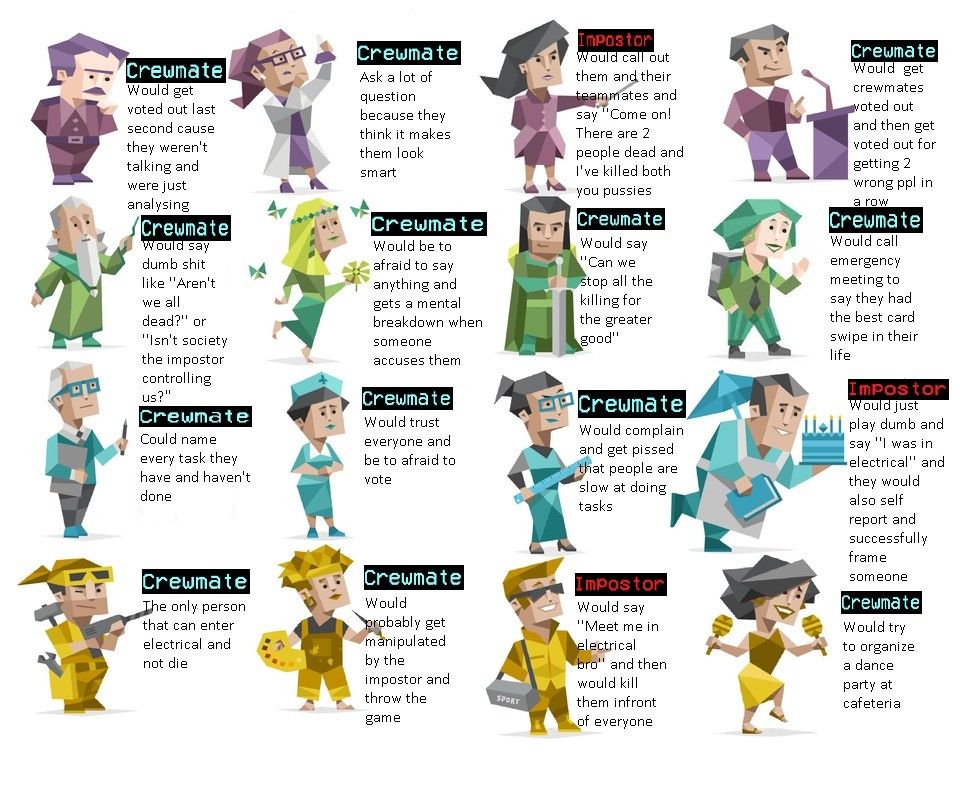 As a rule, these are extroverts, noisy and restless, they easily become the soul of the company and perform at various events. Shapers are needed to shake up the team sometimes, stimulate it to take active steps and not stop there. This is especially important if the team has made any mistakes in the work - the shapers are a great motivator not to give up and keep working. For them, any project is a test, so they are often workaholic and stress-resistant.
As a rule, these are extroverts, noisy and restless, they easily become the soul of the company and perform at various events. Shapers are needed to shake up the team sometimes, stimulate it to take active steps and not stop there. This is especially important if the team has made any mistakes in the work - the shapers are a great motivator not to give up and keep working. For them, any project is a test, so they are often workaholic and stress-resistant.
However, they also have disadvantages, namely: a tendency to argue, impatience, low levels of empathy and emotional intelligence.
- Personality type "Implementer"
These are employees who turn a raw idea into a step-by-step plan, select working tools and achieve a goal at any cost. As a rule, they are conservative and disciplined, they like systematic and traditional approaches. Such people often stay late to help colleagues with their tasks or to correct their own work. They have a high skill in team management and organization.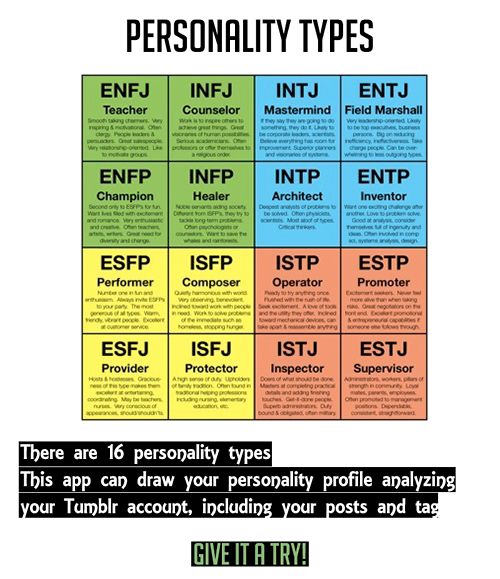
Disadvantages: low adaptability and the very conservatism that prevents implementers from introducing new tools into work and experimenting.
- Pedant personality type
This type name speaks for itself. These employees are perfectionists and overseers in one bottle: they often make sure that the work is done in the proper quality and delivered on time, remind the team of deadlines and stimulate it. Such employees are orderly and attentive to detail, the manager can count on them with a light heart.
Disadvantages: increased anxiety and inability to delegate even the most insignificant and non-urgent tasks. Sometimes they, like implementers, lack adaptability due to rigid planning, which can be difficult to accommodate sudden changes. However, with the course How to Build a Dream Team: Tools to Achieve Shared Goals, this will not even be a hindrance: you will learn how to develop your team professionally and teach them the necessary skills to work together and be productive.
Training on the topic
People-oriented roles
- Coordinator personality type
This type of employee most often becomes the unspoken leader of the team, as he knows how to competently distribute tasks and motivate people. Such employees are also good listeners and speakers, easily get along with even the most conflicting colleagues and take responsibility for common mistakes, so they quickly find ways to correct them.
Disadvantages: prone to manipulation (coordinators are often good psychologists!) and to excessive delegation of authority, that is, shirking one's own affairs and tasks.
- Heart personality type
This type also has a very telling name: these people, like a real human heart, supply energy to the entire body of the team. They provide both moral and physical support to employees, are excellent at resolving conflicts and increasing work efficiency by creating a favorable internal climate.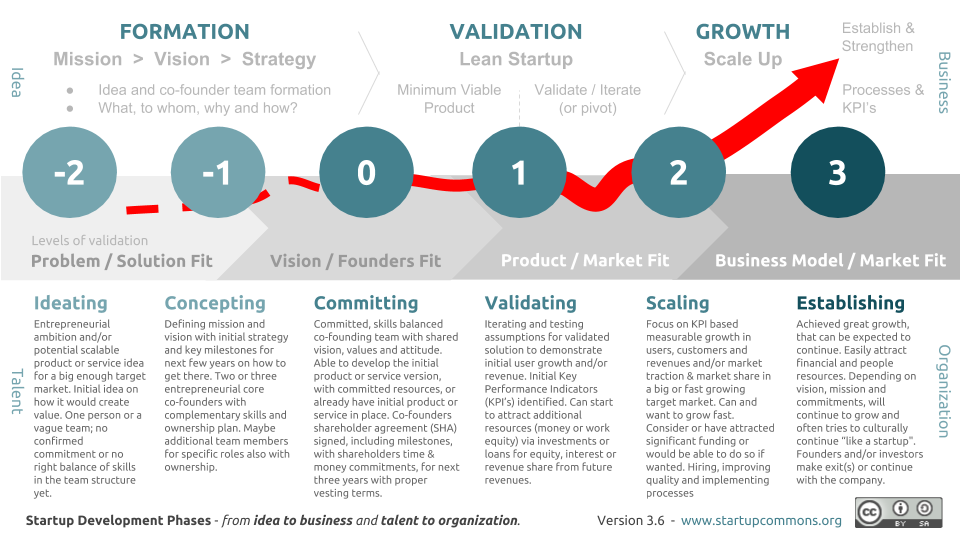 They can also be assigned to conduct business negotiations or organize team building for the company.
They can also be assigned to conduct business negotiations or organize team building for the company.
Disadvantages: employees of the "Heart" type find it difficult to make decisions in a collective discussion, they are often torn between their personal human duty and the benefit to the company, and also show indecision where drastic and drastic actions are needed.
- Researcher personality type
These employees perfectly select tools and resources, therefore they work well in tandem with the “Implementer” type. They are also extroverts, extremely inquisitive and inventive, creative, striving for new knowledge and discoveries, love to experiment and learn. Sometimes researchers are not very interested in relationships with other team members, prioritizing the optimization of the company's business processes, but nevertheless they easily work in a team.
Disadvantages: research staff quickly lose interest and are unable to concentrate on one task for a long time, and sometimes irrationally optimistic.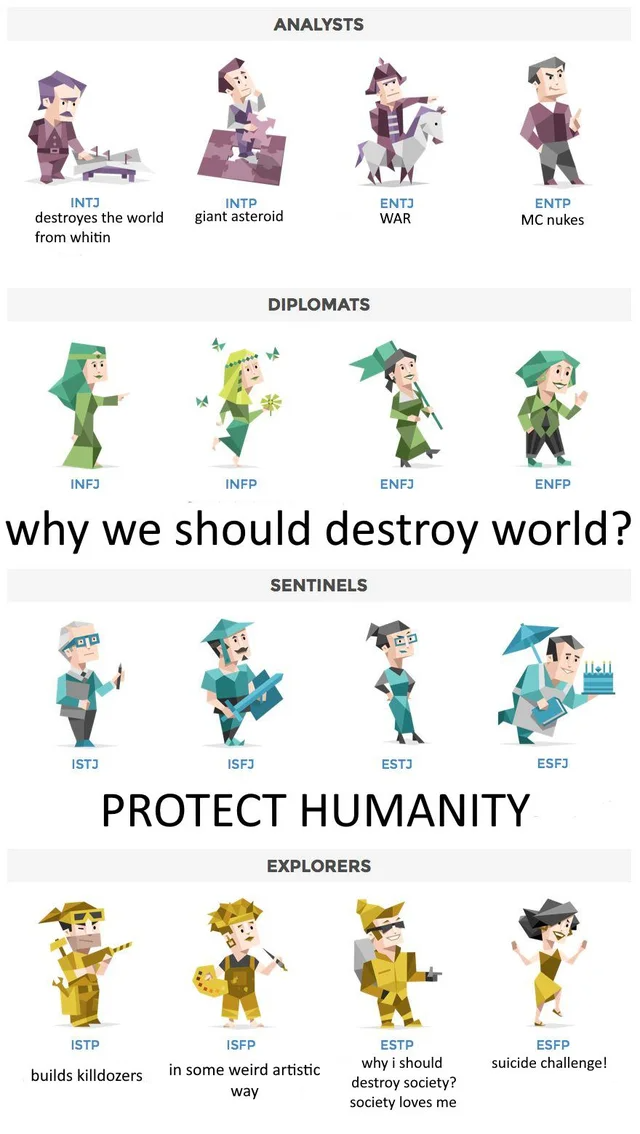
Thought-oriented roles
- Idea generator personality type
This is an innovative employee who brings new ideas and options to the team. It is to him that they turn for advice and help if the company finds itself in a difficult situation and needs to find the best way out of it. Generators love praise and compliments, but are sensitive to criticism. They are also most often introverted and prefer to work separately from the team.
Weaknesses: Generators are dreamers by nature, so their ideas may be impractical or beyond the limits and available resources. They also have poor communication skills, which can hinder teamwork.
- Analyst-strategist personality type
Strategist analysts are the ones they turn to when important decisions need to be made, as they are the best at collecting and analyzing information. They also work well in tandem with the "idea generator", as they are able to evaluate ideas and unlock their potential.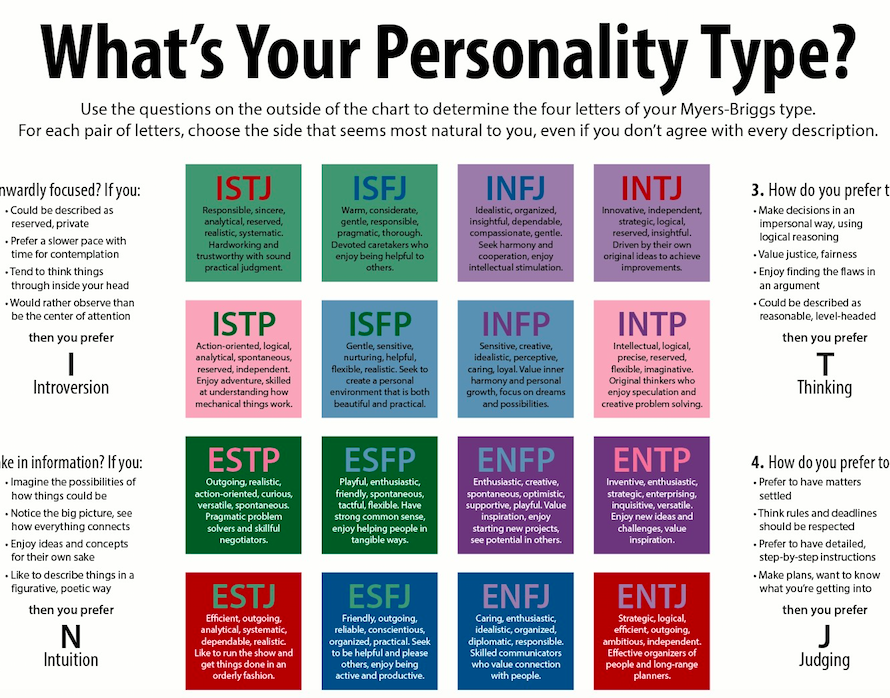 Analysts are very perceptive and objective, but strict both to themselves and to others. They have well-developed critical thinking, but because of this, just like generators, communication skills suffer.
Analysts are very perceptive and objective, but strict both to themselves and to others. They have well-developed critical thinking, but because of this, just like generators, communication skills suffer.
Disadvantages: the same lack of communication skills and excessive detachment from the team, low emotional intelligence, which increases the risk of conflict.
- Pro personality type
Such employees are also called "specialists". They are highly qualified, often have rich experience, their own authoring techniques and a developed personal brand. Their professional abilities are quite high: they are diligent and diligent, demonstrate the best results of work and therefore often receive bonuses. Their main task in the team is to maintain their position as a leader in the niche, that is, to regularly update their knowledge and share it with colleagues.
Disadvantages: sometimes professional employees do not know where to apply their experience, waste it, or fixate on secondary aspects of work.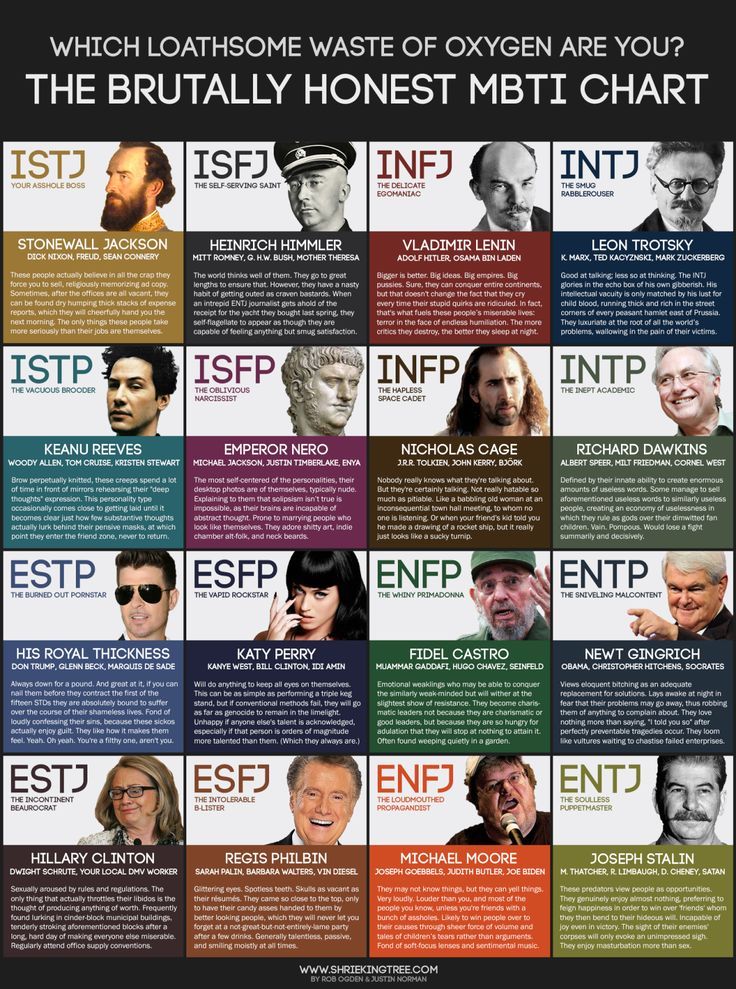 They are also bad at solving broad problems, but they quickly solve small and precise ones.
They are also bad at solving broad problems, but they quickly solve small and precise ones.
Well, did you recognize your employees in one of these types? As stated above, your team should ideally combine types from three different roles so that the team is prepared for any scenario and never loses its grip. By knowing which roles are missing, you can make more specific requirements for candidates when applying for a job. And knowing the types will help you build your team smartly and pair people up with each other so that they not only get along, but work doubly well. Course “Ideal leader. Create a team development strategy” will certainly be the icing on the cake and help you bring your team to perfection!
ALL (GENERALLY ALL) COURSES FOR FREE!
LECTERA.COM OPENS FREE ACCESS TO ALL ITS PROGRAMS FOR USERS FROM RUSSIA
| News
Mila Semeshkina on the cover of the April Forbes Club!
Lectera already has offices in Moscow, Miami and Dubai, and in the near future it is planned to open a representative office in Europe.
| News
April education news
Whatever happens in the world, learning remains an integral part of our lives. According to our tradition, we have collected for you the most positive and interesting news from the field of education for April to inspire you to your May educational exploits!
| News
StartupCity recognized Lectera.com as one of Florida's Top 10 Tech Startups for 2022
A panel of industry experts selected Lectera.com based on the company's achievements and innovation in education.
| News
Top 10 Education News 2021: Lectera edition
Did you know that the first correspondence courses, the progenitors of modern online education, appeared back in 1728?
| News
description, characteristics and distribution, types and informal groups
June 11, 2021
Author: Daria Nenasheva
Seal PDF
Reading time: 5 minutes.
When the areas of responsibility and roles of each participant in the process are clearly distributed in the working team, the team is effective and regularly benefits the company. But it often happens that employees intuitively choose their team roles. And if several people duplicate each other in roles and functions, there is competition between employees and inefficient distribution of resources within the group. Because of this, the effectiveness of the entire team is reduced. Belbin's theory of team roles is designed to solve this problem.
What is the Belbin model, what are the roles, how to identify them among employees and how to assemble an effective team according to the roles, says Anna Mikhmel, an assessment and training specialist at HT Lab.
If there is no time to read the entire article, the main theses are given at the very end.
What is the Belbin Team Role Model
Raymond Meredith Belbin, PhD in Psychology and director of Belbin Associates Ltd, created the theoretical model of team roles in the 1960s and 70s. It consists of 9-ti types and divided into 3 groups: intellectual roles - Idea Generator, Analyst-Strategist, Specialist; social roles - Soul of the team, Researcher of resources, Coordinator; action roles - Motivator, Implementer, Pedant.
When a business process is established in a team, none of the employees waste time, do double work and compete with each other. Each participant understands his role and does exactly what the leader and his team expect from him.
Let's take a closer look at each team role, functions, pros and cons.
Belbin's Nine Role Classification: Who's Who
Intelligent Roles
- The idea generator is an inventor and innovator. Typically, this is the team leader. Useful in the initial stages of a project, or when the workflow is stalled and a driver is needed to continue moving;
- Analyst-strategist - objective and insightful. Analyzes the possibilities for the project, rarely makes mistakes in assessing the situation.
Cold-blooded, often introverted. Useful at the stage of strategic planning;
- A specialist is a purposeful expert. Shares the necessary knowledge with the team, a professional in his field. Useful at the beginning of a project when you need to check technical nuances.
Social roles
- The soul of the team is gentle and diplomatic. Popular person on the team. Possesses empathy, creates a friendly atmosphere in the team, helps to resolve conflicts between colleagues;
- The resource explorer is a charismatic enthusiast, an extrovert. Able to build relationships, competently negotiate and negotiate favorable terms with contractors or new clients;
- The coordinator is a confident organizer. Usually this is the leader of the team. He distributes tasks, sets deadlines, controls the result. He knows his team well and skillfully uses the capabilities of each employee.
Action roles
- Motivator - energetic and success-oriented.
Such an employee himself has a high level of motivation and motivates others. He likes to lead the team and he does it well. Does not tolerate failures and reacts sensitively to them;
- The implementer is a disciplined and hardworking performer. Real soldier. You can always rely on such a person, he will complete the task on time and do exactly what is asked of him, he is conservative. When performing tasks, he is always guided by common sense;
- Pedant or controller - conscientious and anxious. This employee, as a rule, completes the project, “combs” the work of the entire team. He is neat and attentive, exacting to details, does not like to delegate, a perfectionist. In appearance, a calm introvert, but inside he often worries, sometimes more than necessary. A pedant is passionate about the result and responsibly approaches his work.
How to identify team roles in employees
Raymond Belbin, in his book Types of Roles in Management Teams, highlights the factors that influence a person's choice of a team role:
- Personal characteristics;
- Intellectual abilities;
- Intrinsic and extrinsic motivation, personal values;
- Past experience;
- The degree of mastery of the team role.
In order to correctly identify the team role preferred by a person, it is recommended to conduct comprehensive testing in three blocks: motivation, intelligence and personality. If you evaluate an employee using a single test, the forecast of his behavior in the team may turn out to be unreliable. Different factors are important for different roles.
For example, to identify the Idea Generator, you need to assess the person's personality, his intelligence and motivation. While to determine the Implementer, it is enough to evaluate only motivation and personality.
At the same time, with the help of testing, it is impossible to find out about the employee’s past experience and his degree of development of the team role. To solve this problem, a hybrid assessment technology is used, where testing is combined with an interview with an expert. The test evaluates motivation, intelligence and personality, and the expert, in a personal conversation, finds out the past experience of the employee, the team role that the person chose at the previous job and the reasons for this choice.
As a result of a comprehensive assessment, a complete picture of the employee is formed - his potential, abilities and personal characteristics.
How to Assemble a Belbin Work Team
After assessing and identifying the team roles of employees, you can begin to form a working team. The procedure for selecting participants directly depends on the task of the company and it is recommended to start the selection from the most significant team roles for a specific purpose. And then, according to the characteristics of the leading roles, the rest of the team members are selected, which will complement and balance the first participants. Let's look at examples.
If the task is to “bring a new product to the market” or “develop an anti-crisis strategy”, then the intellectual roles will play the first violins: Idea Generator, Strategist Analyst and Specialist. The Generator will put forward an idea, the Analyst will analyze the market and provide a conclusion on how viable the idea of the Generator is, and the Specialist will give his recommendations on how to implement the plan.
For the tasks of “search for new partners / suppliers” or “opening a new store / branch”, social roles will be indispensable: Resource Explorer, Coordinator and Team Soul, because they are focused on establishing contacts between people and building long-term business relationships.
Approach the creation of a working team creatively, because an organically formed team is able to effectively cope with any task.
Things to remember
- If several people in a work team duplicate each other in terms of roles and functions, an inefficient distribution of resources within the group occurs, and overall performance decreases. Belbin's theory of team roles is designed to solve this problem;
- The Belbin model consists of 9 types and is divided into 3 groups: intellectual roles - Idea Generator, Strategist Analyst, Specialist; social roles - Soul of the team, Researcher of resources, Coordinator; action roles - Motivator, Implementer, Pedant;
- In order to identify team roles among employees, it is recommended to use a test assessment of personnel.





